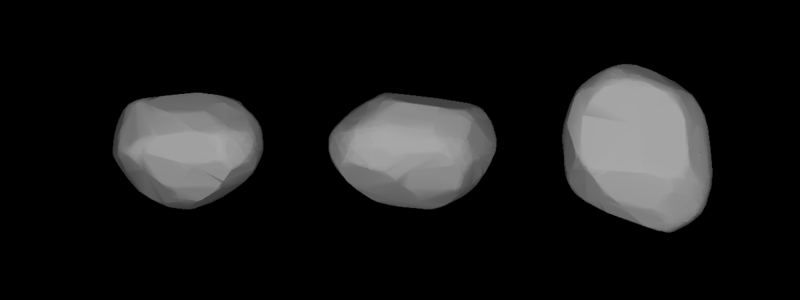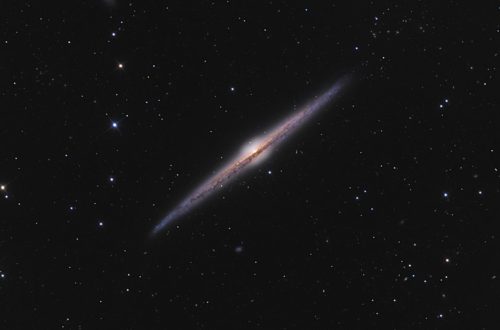The Fascinating World of Asteroid Davida

In the vast expanse of space, there exists a celestial object named asteroid Davida that captivates the imagination of astronomers and space enthusiasts alike. With a designation of 511 Davida, this asteroid is shrouded in mystery and holds within it a wealth of scientific knowledge waiting to be unraveled.
Join us as we delve into the intriguing world of asteroid Davida, exploring its origins, characteristics, and significance in our understanding of the universe.
The Discovery of Asteroid Davida
Asteroid Davida, named after the pioneering American astronomer David Peck Todd, was discovered by Raymond Smith Dugan in 1903. Situated in the main asteroid belt, between the orbits of Mars and Jupiter, this celestial body is estimated to have a mean diameter of approximately 298 km.
The Remarkable Characteristics of 511 Davida
Size and Shape
With its considerable size, asteroid Davida ranks as one of the largest objects in the asteroid belt. It is approximately tied for 7th place, due to measurement uncertainties. Its shape, resembling an irregular ellipsoid, adds to its unique allure, but doesn’t allow it to be classified as a dwarf planet. The asteroid’s mass and composition make it a captivating subject of study for scientists aiming to unlock the secrets of our solar system’s formation.
Composition
Composed primarily of carbonaceous rock and metal, asteroid Davida is believed to contain a significant amount of water ice. This icy composition aligns with the C-type classification, indicating a carbonaceous chondrite composition.
Rotation and Orbit
Asteroid Davida rotates on its axis in a fast manner, taking approximately 5.13 hours to complete a full rotation. It orbits around the Sun, ranging between 3.759 AU at aphelion and 2.569 AU at perihelion.
Significance in Scientific Research
Insights into Solar System Formation
Studying asteroids like 511 Davida contributes to our understanding of the formation and evolution of the solar system. By analyzing its composition, scientists can gain insights into the primordial materials that formed the early building blocks of planets. Asteroid Davida serves as a pristine window into the past, preserving the original materials from the birth of our solar system.
Extraction of Resources
The presence of water ice on asteroid Davida opens up new possibilities for the future exploration and utilization of space resources. Water is a crucial resource for sustaining life and fuel production in space. Asteroid mining missions could potentially harness the water ice reserves on Davida, enabling further space exploration and colonization endeavors in the main asteroid belt and beyond.
Conclusion
Asteroid Davida, also known as 511 Davida, stands as an enigma in the vastness of space. With its immense size, captivating composition, and potential scientific discoveries, this celestial body offers valuable insights into the origins and evolution of our solar system. From unraveling the mysteries of planetary formation to exploring space resource extraction, the study of asteroid Davida holds immense value for humanity’s quest to uncover the secrets of the universe.
Source: NASA JPL’s Small-Body Database Lookup for 511 Davida.
Would you like to receive similar articles by email?





